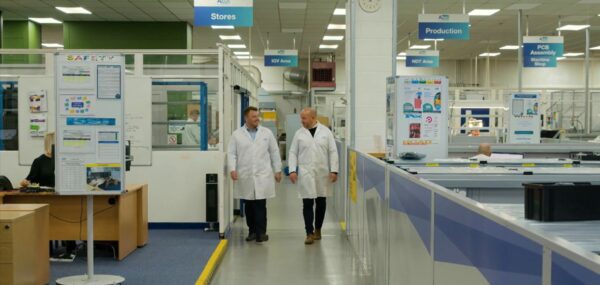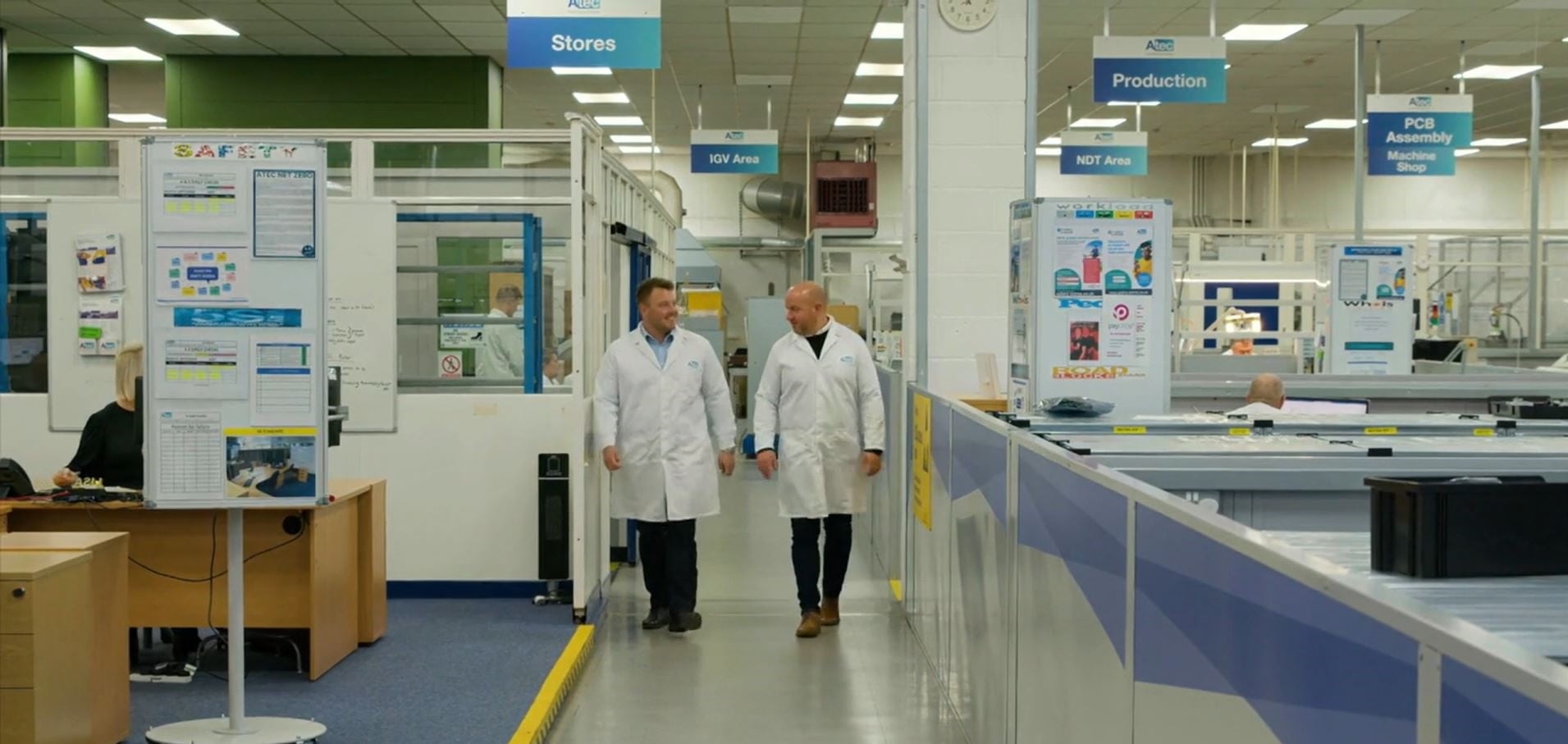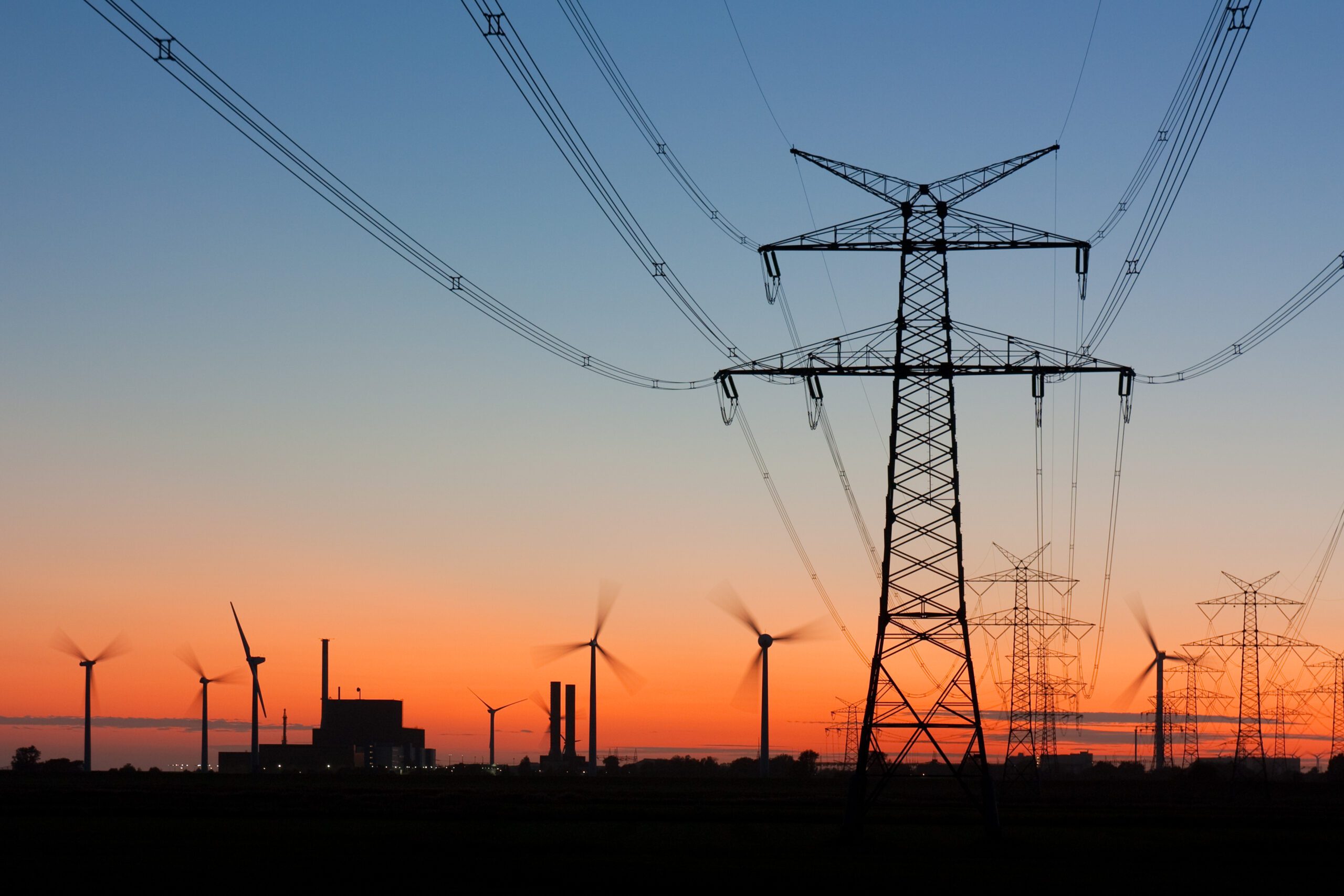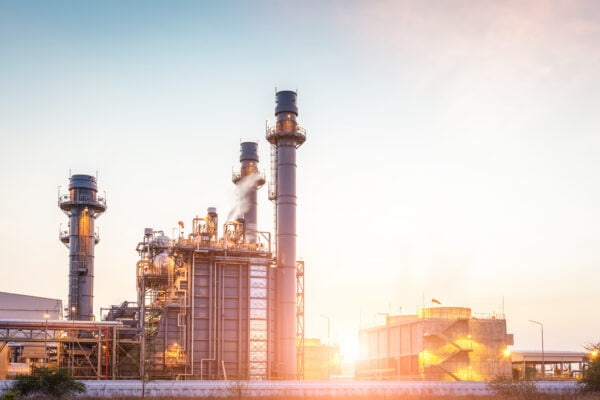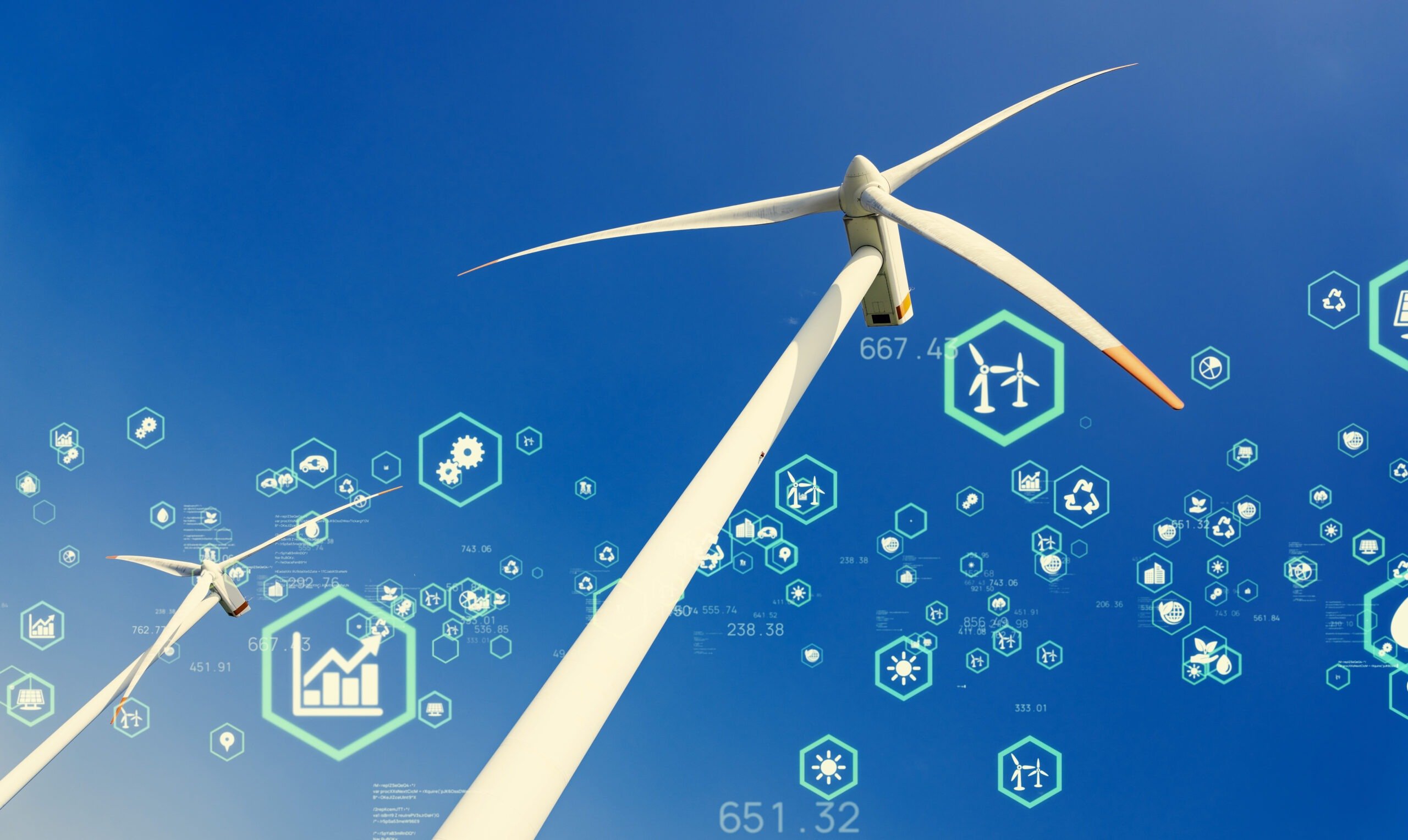
In part 1, we introduced the challenge of meeting Net-Zero by 2050 and showed the progress achieved so far. To tackle the challenge, we discussed technologies that could help improve our efficiency and minimize ongoing energy consumption as far as possible. In this second part, we will cover how we can reduce carbon emissions of the energy sources we will still need.
Electricity Generation
As mentioned, the power sector has led others in decarbonising by reducing coal and using more renewables and natural gas. However, a new challenge arises in the decarbonisation of transport and heat through electrification, which will put more demand on our electricity networks. In fact, National Grid predicts that by 2050 our demand for electricity will increase 300%! Well before then, many nuclear plants (already on life extension programmes) will close along with all coal and even some gas plants. So, what will replace them? Here we will explore some of the more innovative technologies that will help increase this capacity as the need for clean power increases.
Floating Wind Turbines
Wind power is expected to play a major role and recent developments in floating turbines mean that deeper waters can be used as sites for turbines. This increases the places we can generate power and also the reliability of power generation since wind speeds are higher and more common far out to sea. Other innovations include a turbine ‘matrix’ that packs many small turbines together on a mechanical grid. This design captures more wind energy for the space used with maintenance benefits too (remaining turbines can run while others are repaired), although project costs need to be confirmed.
Vertical Axis Wind Turbine (VAWT)
A second adaption on the conventional wind turbine is the Vertical Axis Wind Turbine (VAWT), where the motor sits vertically instead of horizontally. This brings with it the advantages of the turbine not needing to face a specific wind direction, lower start up speeds, and easier access for maintenance (the generator is at the bottom of the turbine). While VAWT are not restricted by wind direction, the strong forces at high wind speeds may create a narrow window of operational which is undesirable. Leading engineers see their application best suited to locations where space is limited – such as urban areas on top of buildings.
Solar
Solar energy will also play a crucial role in our future energy generation mix. And like wind generation, innovative technologies are being created to maximise production and minimise space. Solar cells absorb light to create an electrical current, however the light they can absorb needs to be in the red or near infra-red end of the spectrum – for this reason cells can only convert around 29% of light into electricity. To increase their efficiency, a wider light spectrum needs to be utilised, a feat that recent innovation aims to achieve by using a semiconductor film to absorbs light from the blue end of the spectrum and in-turn emit light from the red end. This allows for the conventional material used in solar cells, silicon, to remain unchanged, and rather a film is placed over the top of the panel. A second effort at improving the efficiency of single-junction silicon solar cells, is to create multi-junction cells of differing material that can absorb different light photons. This method as achieved efficiency rates upwards of 40%, although as with many new advancements in technology it is still too expensive for widescale use.
Carbon capture and storage
For energy-intensive industries, decarbonisation may be much harder than that of the other sectors. Not only are energy requirements high, but manufacturing processes such as those for steel and cement release large amounts of CO2 when the raw materials are processed. A proposed solution is to capture and store the emissions so that they aren’t released into the atmosphere. Instead, these ‘carbon capture and storage’ (CCS) technologies convert CO2 into useful products such as rock, plastic, fertilizer, and textile dye. CCS technology could be used where energy generation still relies on fossil fuels, but there are criticisms of this approach. Carbon capture is not 100% effective and enabling this technology widely would continue to support ongoing extraction of fossil fuels.
Storage
In all of National Grid’s future energy scenario’s storage plays a crucial role in providing grid flexibility. Different types of storage are needed for different reasons and require different solutions. For example, rapid response storage is needed to help balance the grid and maintain a constant frequency (50Hz) to avoid blackouts or damage to equipment. Longer term storage is needed for our change in energy use across the seasons. We explore a few key technologies below.
Batteries
The increasingly widespread use of Lithium-ion batteries in applications from cars to mobile phones can be attributed to the dramatic cost reduction and reliability of this technology. However, there are still challenges in making the lifecycle of this chemistry fully sustainable with environmental impact and the use of minerals from conflict zones being particularly divisive and difficult to resolve. For large, static applications, recent improvements in flow batteries using chemistries such as Iron instead of Lithium, Cobalt and others, means storage solutions can be cost-competitive through the use of more abundant materials, of similar lifespan with no degradation, and are fully recyclable.
Fuel Cells
Large-scale chemical storage using Lithium-ion is unlikely due to the issues mentioned above. For grid-scale applications, other technologies such as fuel cells may deliver a more sustainable solution for long-term storage. Fuels cells work in a similar way to batteries, but while a battery stores energy in a ‘closed’ chemistry, a fuel cell takes an energy source (e.g. hydrogen) and converts it into electrical energy. Rather than needing to recharge they provide electricity as long as they are supplied with fuel, which could be stored for use when required. For this reason, fuel cells, and particularly those using hydrogen as the fuel, continue to gain lots of attention.
Hydrogen
This raises the issue of sourcing hydrogen safely and sustainably. Previously, most Hydrogen has been produced through steam reformation, a fossil fuel-based process. However, future energy scenarios show larger renewable generation capacity being used to power water electrolysis when supply exceeds demand. Electrolysis is a sustainable and carbon-free method to produce so-called ‘green’ hydrogen. If production was sufficiently large, the build-up of hydrogen stocks could make an effective contribution to solve some of the energy storage problems facing the UK. Hydrogen could be used as a fuel either directly, for instance in a boiler or modified hob, or indirectly, for example in a turbine to generate power to the grid.
In conclusion, the journey to a zero-carbon society is going to involve many different solutions within our generation mix, only some of which we have explored briefly here.
Read on to see how more innovative technologies could help us reach our net-zero target in our ‘Up and coming technologies that will change the world’ article.
Written by Matthew Dowdswell, Innovation Manager & Declan Sheehan, Graduate at Inspired PLC.


